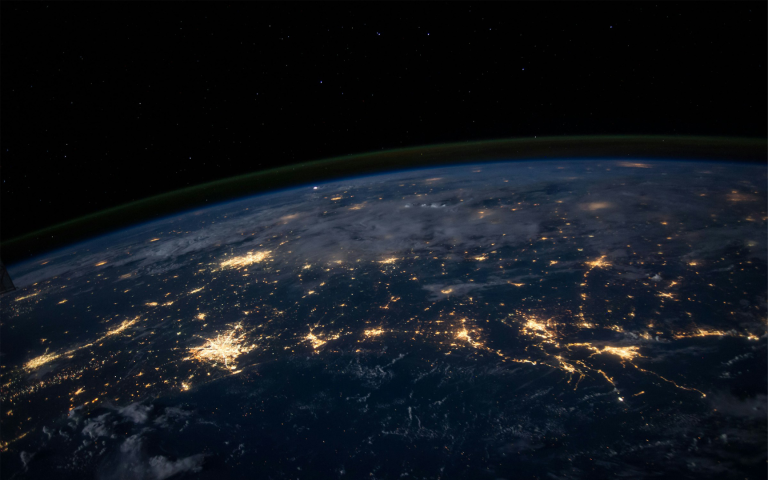
The Third Industrial Revolution made London famous for its ‘pea souper’ fog, when clouds of particulates from the burning of coal in factories and houses across the city made it, perhaps, the original Cloud City. Today, amid a mooted transition from a Fourth to a Fifth Industrial Revolution, industry and society – in London but also globally – are still roiled by clouds. While contemporary Cloud Cities remain characterised by social, environmental and economic inequalities, cloud technologies, as well as, more recently, AI and other cloud-based services, have been held out as part of the urban management solution to these persistent issues.
Cloud Cities, however, rest rather heavily on vast ‘data lakes’ and the capacity of virtualised systems to perform on-demand processing of colossal amounts of data at previously unimaginable speeds. From transit networks to commerce and governance, everything runs ‘in the cloud’. Of course, the cloud metaphor can also be misleading: unlike its atmospheric analogue, cloud computing is the domain of a new, powerful class of entrepreneur – who Yanis Varoufakis recently termed the ‘Cloudalists’ – that profit from the rents charged to producers and consumers alike for access to this intangible infrastructure.
Indeed, the urban populace is now utterly reliant on cloud-based platforms, accessed via their cloud-connected devices, for everything from remote working to navigating transit systems, ordering groceries to finding a life partner. As these activities continue to feed into analytics and prediction platforms – in the cloud, naturally – the ultimate shape of these emergent, integrated urban systems is yet to be decided. The cities built in the clouds often combine physical and digital space in novel ways – the metaverse meets the digital twin – but questions of who owns our data and to what purpose, sit at the core of continuing debates around everything from optimising transit systems and housing production, to monitoring remote workers and ambient air pollution.
 Close
Close

